|
June 24-28, Brisbane, Queensland, Australia
Organised by the International Society of Ecoacoustics (ISE) and endorsed by the World Forum for Acoustic Ecology (WFAE) – the aim of the 2018 International Ecoacoustics Congress is to bring together artists, scientists, natural resource managers and industry to explore the ways that sound can deepen our understanding of the environment. The program includes six keynotes, scientific presentations and workshops, creative talks, concerts, installations, listening rooms and field trips which include Noosa Biosphere Reserve, the location where Biosphere Soundscapes was founded. View the program online: https://ecoacousticscongress.org The keynotes include acclaimed ecoacoustics researcher, composer and interdisciplinary artist David Monacchi. Monacchi has been developing the project Fragments of Extinction for 15 years, conducting field research in the world’s remaining areas of undisturbed primary equatorial forest. The recipient of multiple awards throughout Europe and North America, Monacchi is pioneering a new compositional and science dissemination approach based on 3D soundscape recordings of ecosystems to foster discourse on the biodiversity crisis through science-based sound art. He has worked for 25 years in cross-disciplinary contexts and produced works for contemporary music, art installation, cinema, video-art, site-specific public art, natural history, science and contemporary art museums, and is founding member of several artistic and scientific networks. Join the Balance-Unbalance International Conference Live Streaming Workshop with SoundCamp in the North Devon Biosphere Reserve on Thursday 24 August.
The workshop will introduce live audio streaming with the DIY Raspberry Pi streambox and the Locuscast app for iOS. Participants will experiment with a prototype solar stream station for remote locations as part of Biosphere Open Microphones (BIOM) - an emerging network of live audio feeds and long-term data sets from UNESCO Biosphere Reserves. This installation of the BIOM project is produced in collaboration with SoundCamp, Biosphere Soundscapes and North Devon Biosphere Reserve. The workshop will close with explorations of a live stream map including locations in Australia. There are over 1,800 UNESCO designated sites around the world – World Heritage sites, biosphere reserves and UNESCO Global Geoparks – which are facing the impacts of ecological crisis, and can play a significant role in climate change mitigation and adaptation. These were the key messages from the opening day of the Huangshan Dialogue a global forum on UNESCO-designated sites and sustainable development hosted in China in September 2016. The conference was organised by HIST (The International Centre on Space Technologies for Natural and Cultural Heritage) under the auspices of UNESCO and the Chinese Academy of Sciences. In the opening address, UNESCO Director-General Irina Bokova stressed the importance of the event as a contribution towards the 2030 Agenda for Sustainable Development as well as towards the development of UNESCO’s new updated Strategy for Action on Climate Change. The founding director of Biosphere Soundscapes, Dr Leah Barclay, was invited as the Australian representative to deliver a presentation on interdisciplinary creativity and mobile technologies in changing climates, with a particular focus on environmental sensing and acoustic ecology in UNESCO biosphere reserves. This invitation came after Dr Barclay's keynote address at the 4th World Congress of UNESCO Biosphere Reserves in Lima, Peru earlier this year that featured outcomes from Biosphere Soundscapes – an interdisciplinary research project underpinned by the creative possibilities of acoustic ecology and rapidly emerging fields of biology concerned with the study of environmental patterns and changes through sound. The World Congress of UNESCO Biosphere Reserves was the first event acoustic ecology was included on the UN agenda as a key interdisciplinary field for community engagement around cultural and biological diversity. During the Huangshan Dialogue in China, the possibilities of acoustic ecology were showcased through Biosphere Soundscapes, which launched in the Noosa Biosphere Reserve in Australia in 2012 and now operates internationally in countries including India, Cambodia, Mexico, Brazil and Peru. Professor Shahbaz Khan, Director of the UNESCO Regional Science Bureau for Asia and the Pacific, believes acoustic ecology presents a dynamic and engaging way for local communities to engage with the environment and understand ecological changes through accessible means. Biosphere Soundscapes is delivered through immersive residencies with artists and scientists, research laboratories, intensive masterclasses and a diversity of creative projects spanning four continents. The project sits at the intersection of art and science, with the recordings providing valuable scientific data for biodiversity analysis and incredible source material for creative works that bring awareness to these environments. During the Huangshan Dialogue, Dr Barclay showcased a series of these creative works including Rainforest Listening, which brought the sounds of the Central Amazon Biosphere Reserve to Times Square in New York City for Climate Week 2015, and the Eiffel Tower for COP21 in Paris. The presentation also introduced the history of acoustic ecology and provided delegates with a series of tools for community engagement, including sound walking and deep listening activities. The Huangshan Dialogue included presentations, panel discussions and video demonstrations from participating experts, representatives of UNESCO’s secretariat and field office network. Discussions focused on how the impacts of climate change on UNESCO sites interact with other factors, and on the use of remote sensing technologies and other innovative approaches to understand climate change at a local and global level. The bioacoustics approaches we are using in Biosphere Soundscapes are dynamic, non-invasive environmental monitoring techniques that allows us to learn about environmental changes in new ways. We have been building these into community engagement programs that introduce acoustic ecology and explore the social, cultural and ecological contexts of our sonic environments. This has proved to be a very rewarding way to engage communities in climate action and inspire a culture of listening. In the context of biosphere reserves that are seeking to reunite the conservation of biological and cultural diversity, acoustic ecology is an ideal field to experiment and implement interdisciplinary approaches that can be driven by the local community. New mobile technologies for ecosystem monitoring have become increasingly accessible and affordable, so empowering local communities to engage with our sonic environment and undertake the fine tuned mapping of environmental change is realistic and possible. The Huangshan Dialogue brought together more than 150 participants – including 46 experts from countries around the world who discussed new research, cooperation and new initiatives that link UNESCO-designated sites to strengthen the global understanding of climate change. Many of these participants were not aware of acoustic ecology and are now actively developing programs and initiatives. This has resulted in the possibilities of forming a WFAE affiliate in China and potentially India in the future. The new Biosphere Soundscapes community mapping system will launch in early 2017 when programs will be expanding into new sites in Portugal, Iran and the United Kingdom. The Biosphere Soundscapes team are extremely inspired about how receptive UNESCO has been with the possibilities of acoustic ecology and are looking forward to more collaborations unfolding in 2017 and beyond. Image from left to right Dr. Miguel Clusener-Godt, Director of the UNESCO Man and the Biosphere Program, with researchers Dr. Andrew Mason, Dr. Francesca Cigna, Dr. Leah Barclay, Professor Shahbaz Khan (Director of the UNESCO Regional Science Bureau for Asia and the Pacific), Professor Wang Changlin, Professor Kyung Sik Woo, and Professor Fan Xiangtao. Photo: Yuyang Geng You are invited to participate in World Listening Day 2016, an annual global event held on July 18.
The purposes of World Listening Day are to:
This year’s theme for World Listening Day is “Sounds Lost and Found. ”World Listening Day 2016’s theme, “Sounds Lost and Found,” calls on reminiscing, listening and observing what changes in our soundscapes have occurred in recent decades—be it language, nature, technology, music or even silence itself. For “Sounds Lost and Found,” we invite you to dig into crates of vinyl and cassettes, dive into digital archives, and engage deeply with memories and unheard languages to rediscover or identify these “lost sounds.” In doing so, “Sounds Lost and Found” hopes to spotlight the need for effective and accessible conservatory efforts to be implemented to preserve some of these sounds—whether those efforts include archival projects, changing our daily practices or supporting the preservation of indigenous languages and engaging with the keepers of and archiving fading oral traditions where that seems impossible. We can protect and celebrate sounds whose vitality can be vulnerable and fragile. World Listening Project, Midwest Society for Acoustic Ecology and Biosphere Soundscapes invite you to participate in World Listening Day 2016 on Monday, July 18, and through the week of July 16th-22nd. Some suggestions on how you can participate and organize include:
Use the hashtag #WLD2016 to connect with other local and global groups participating in the World Listening Day 2016: Sounds Lost and Found and get involved. Our planet continues to change due to human involvement and interventions. People evolve. Cities morph. Technologies advance. We can hear the planet changing. Our soundscapes reflect evolution; whether created by humans, machines or nature, the shifting presence and absence of sounds is affected by human activity in natural and industrial worlds. Cities’ sonic identities are continually fluctuating as residential and commercial infrastructures develop. The resultant social dynamics of industrialization and gentrification sponsor variegated relationships between people and the public and private places they occupy. Humans’ complex interactions with nature have encroached upon Earth’s autonomy and her anonymity. Phenomena such as pollution, deforestation and global warming are manifestations of natural processes; they are the aftershocks of industrial pursuits. Swaths of land have been decimated, dismantling animal ecosystems for human consumption and destruction. This reckless, shortsighted mode of interacting with non-human life has forced the retreat and extinction of many species, eliminating their sounds until there is silence. Technological advances over the past several centuries, particularly in recent decades, have been astronomical. Of late, machines and media become obsolete before we have even become proficient in using them. These advances have impacted the acoustics of commercial and residential spaces with newer versions of devices designed with quietness in mind Sounds produced by older models are noticeably more obtrusive. Most of these advancements can be seen as positive, though some sounds we were accustomed to or fond of have become less prevalent or been silenced in our relentless push toward progress ad infinitum. Some Questions of Inquiry
This theme ultimately encourages awareness, a deep aural attention to our surroundings through the recognition of the variables that define the acoustic ecology of our lived environment, and a recognition that sounds of the past are different from sounds of the present or future. |
Categories
All
Archives
April 2024
|
Biosphere Soundscapes is an interdisciplinary research project working in collaboration with multiple organisations and institutions across the USA, South America, Australia, Europe, India, Indonesia and Cambodia. The project was endorsed by the UNESCO MAB Program in 2013 and is currently based at the University of the Sunshine Coast in Queensland, Australia.
We acknowledge the Traditional Custodians of the land on which we are conducting this research and pay our respect to the Elders, past, present, and emerging and extend that respect to all Aboriginal and Torres Strait Islander people.
(C) BIOSPHERE SOUNDSCAPES 2024
We acknowledge the Traditional Custodians of the land on which we are conducting this research and pay our respect to the Elders, past, present, and emerging and extend that respect to all Aboriginal and Torres Strait Islander people.
(C) BIOSPHERE SOUNDSCAPES 2024
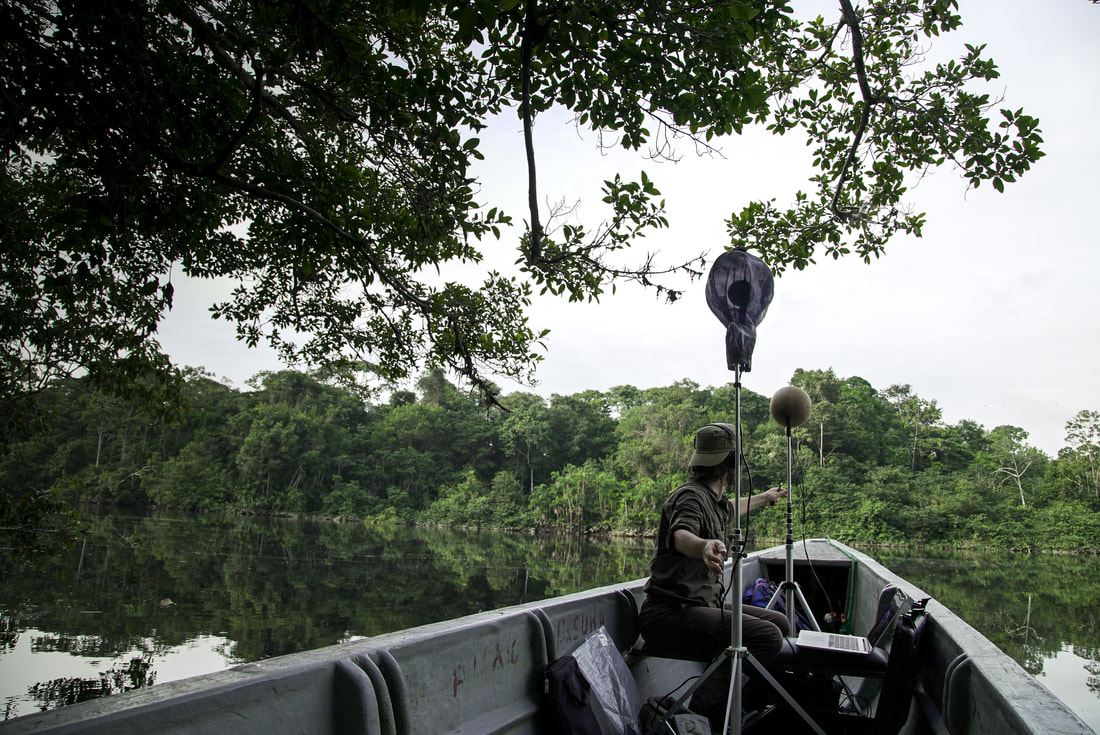
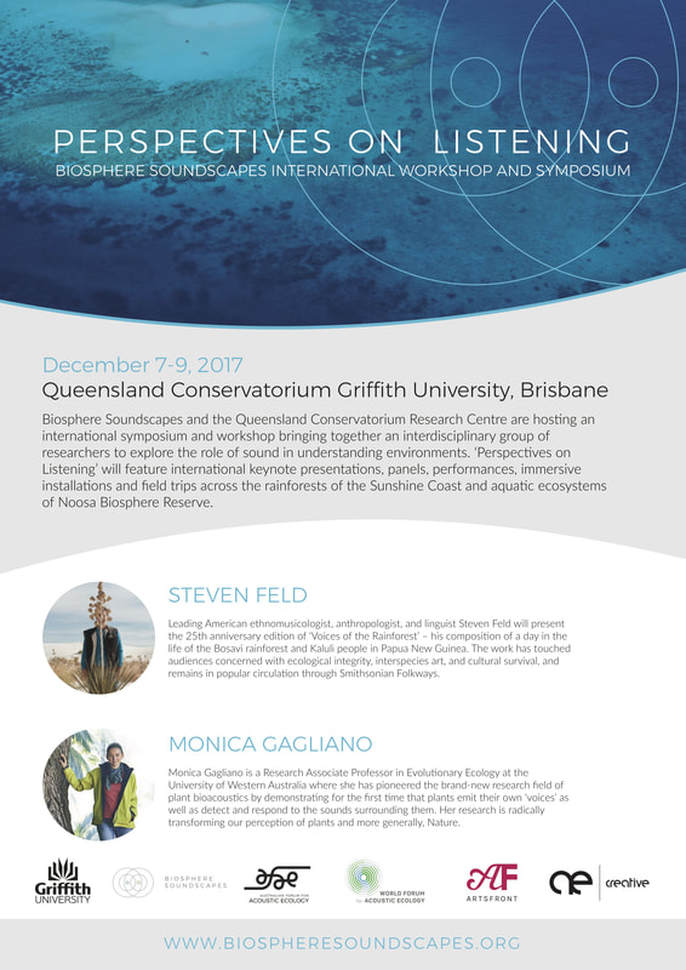
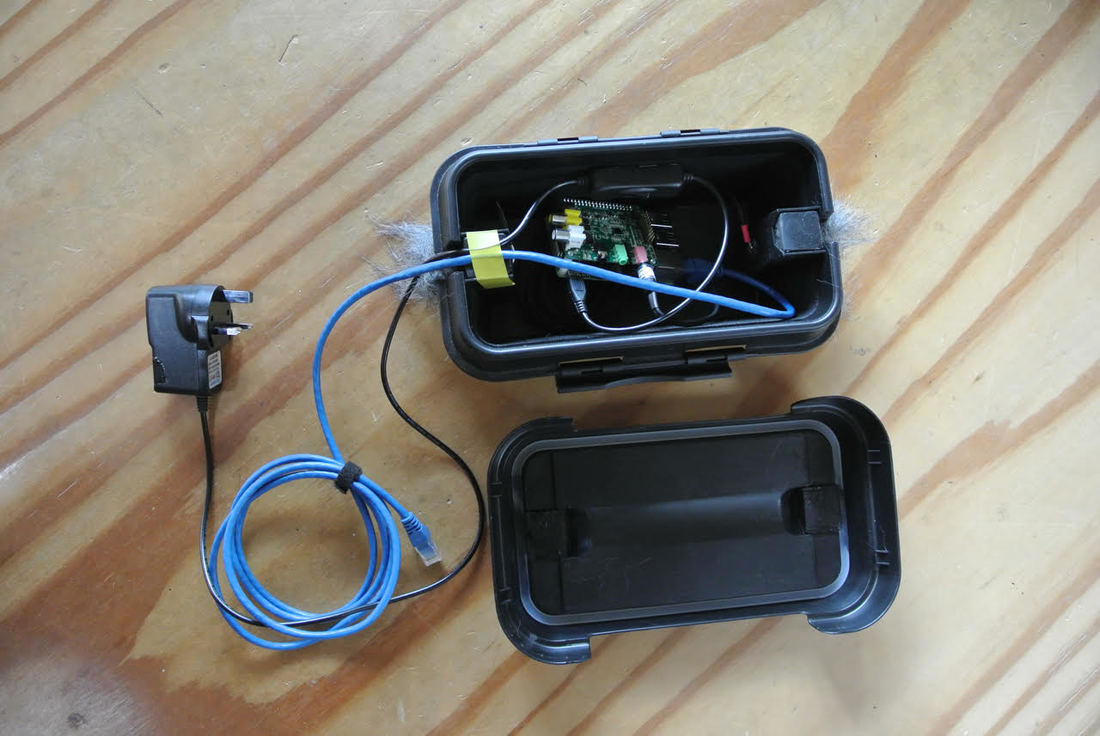
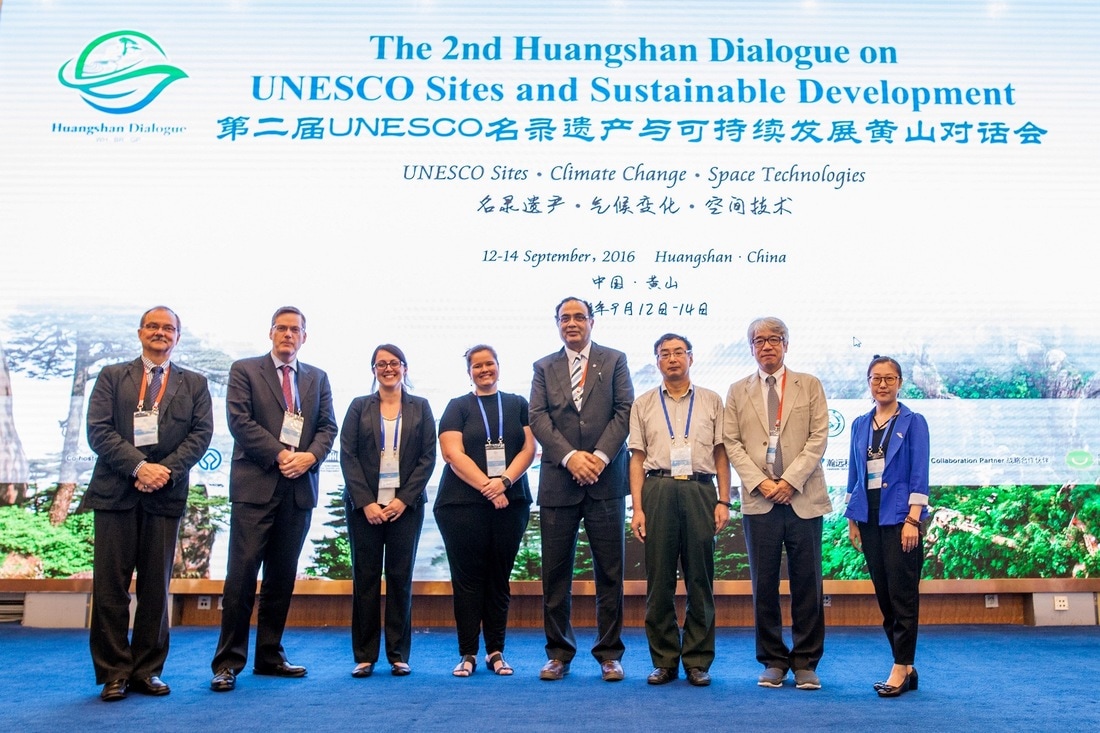
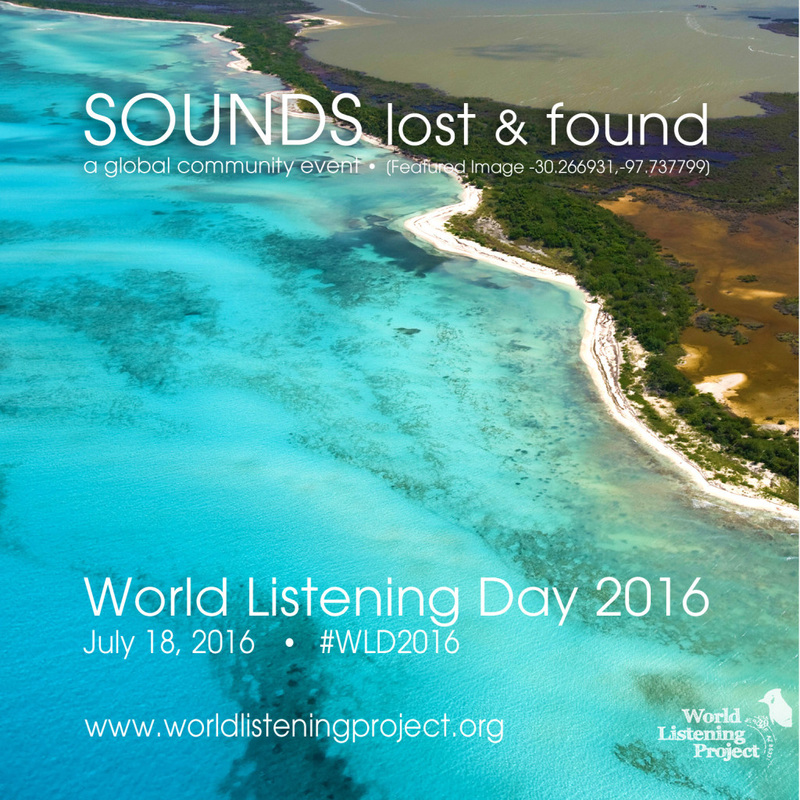
 RSS Feed
RSS Feed
